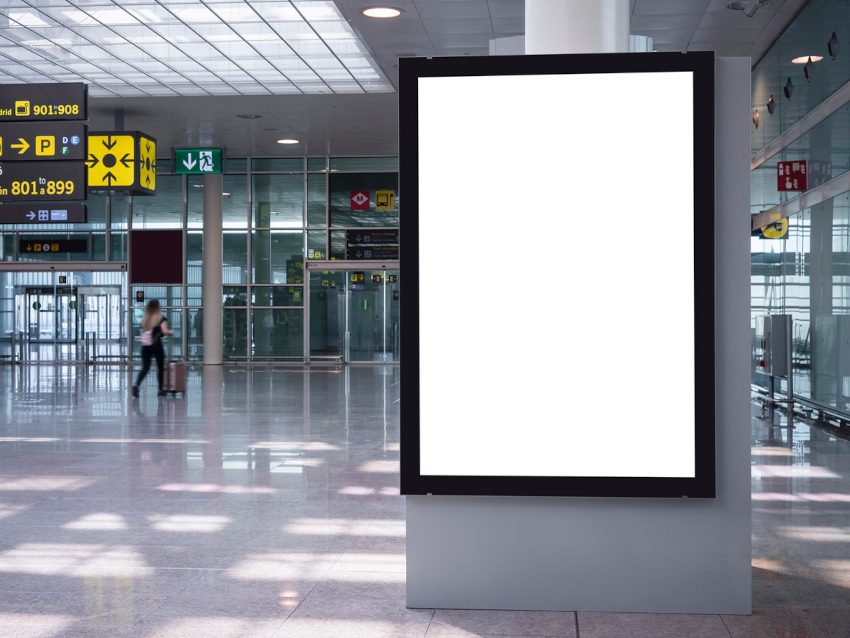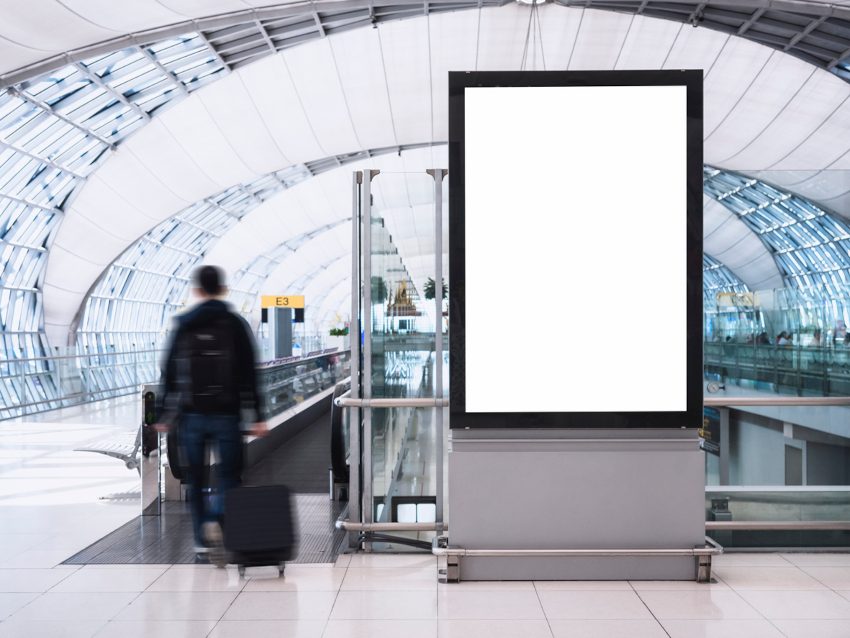The Basics of FIDS: Features, Capabilities, and Uses
According to the Bureau of Transportation Statistics, “U.S. airlines carried 46.3 million scheduled services passengers in January 2022, 33.2% more than in January 2021”. Now that COVID precautions are lifting, people are traveling more in the last two years. Therefore, FIDS are needed in keeping airports organized and passengers easily finding their gates.

The Flight Information Display System (FIDS) is a digital or computer-based, comprehensive system used to display flight-related information. The system runs on high-end software, and the flight information is displayed on TV screens and LCD monitors.
Moreover, the FIDS, which comes with extensive features, is designed to give the operational staff at airports control to display flight-related and other critical information. The target audience is, of course, the passengers, airport and airplane staff, as well as airport tenants.
The Architecture of Flight Information Display System
The FIDS system comprises a control or main center, distribution servers, several input terminals, and, lastly, the display screens. The control or command center is the data store of the system. However, apart from data storage, the control center is responsible for processing and dispatching data.
Then, the processed information from the command center is sent to the various interconnected distribution servers. This dispatch is always in real-time to ensure the target audience gets real-time, updated information at all times. Lastly, the distribution servers will transfer the information to the display devices all across the airport.
FIDS supports a wide range of devices. In addition, with proper device management, you can display the information from the FIDS on plasma displays, CRT monitors, and both LCD and LED screens. While most airports use LED and LCD screens for their FIDS, some still use the older split-flap displays.
Key Features and Capabilities
Among the key features of FIDS include the following:
- Easily configurable for different display devices and support for specialized devices
- Easily configurable for multiple languages. Lingual display technology allows for the display of information in different languages.
- Complete flexibility over what information displays and how with the intuitive page editor tool
- Easily customizable so the color and layout of the system matches your airport’s brand, look, and feel
- Designed for message broadcasts where the FIDS can send an automated message to the PA system, triggering announcements such as gate change and aircraft landing. Similarly, the FIDS can receive messages from the PA system or the fire alarm and building control systems for display on the screens.
- Emergency override message displays for an update as well as emergency alerts such as fire alerts and evacuation messages
- No manual intervention for monitoring and maintenance. In fact, the system is designed for remote operations because it is tied to the operational database and resource management system.
- Timed sequencing for rolling out the displays as per the message priority settings.
Uses of Flight Information Display System
1. Flight-Related Information on Display

FIDS are located around airport terminals. In fact, some major airports have different FIDS for each major airline. Flight-related information you will find on FIDS include:
- Airline name: May also display the airline logo and /or its IATA/ICAO designator
- City of origin
- Intermediate points
- Destination city
- Expected departure time
- Expected arrival time
- Updated times (accounting for any delays)
- Gate number and any gate change
- Check-in counter number
- Status of the flight-delayed, landed, or boarding.
At any one time, passengers are always in the know about the status of their flight. Moreover, passengers know what to expect out of their flight with regard to layovers and expected arrival time.
2. FIDS for Wayfinding
Major airports have a comprehensive wayfinding system, which includes FIDS, alongside other digital signage solutions. On the FIDS system displays are gate numbers and check-in counter information. Additionally, there may be independent gate information displays and baggage information displays.
These dynamic displays contain critical information that helps passengers and other airport users find their way around the airport. This is especially helpful for passengers that have layover flights. What’s more, passengers know which check-in counters to go to and which gates to go through as well as where to find the baggage handlers and carousels. With the help of directional signage around airport terminals, passenger flow is easier and more streamlined.
3. FIDS for Infotainment
It can seem like an eternity when waiting for a flight. This is because statistics show that the United States has the longest airport wait times. In fact, the average layover time is between 2 and 3 hours. To ease the process, passengers need something to keep them busy and their mind occupied. That is exactly what FIDS can do by displaying content that is not only informative, but also entertaining.
In fact, time goes by faster when passengers are watching live news flashes and great videos about various destinations. Weather updates and any other such information that adds value to the passengers is an excellent choice for the infotainment line-up at any airport.
4. FIDS for Revenue Generation

Many new revenue opportunities are available to airports. More airports are moving towards being a shared tenant environment. Therefore, these businesses can advertise their services on displays throughout the airport. Certainly, this applies to any business that may want to advertise their product offerings and not just the tenants. The airport generates revenue and drives more sales for the advertised businesses.
FIDS: Improve the Airport Experience
On the whole, a flight information display system benefits not only the passengers, but also the airline staff and other tenants. As highlighted, A-FIDS is easily customizable for different airports.



